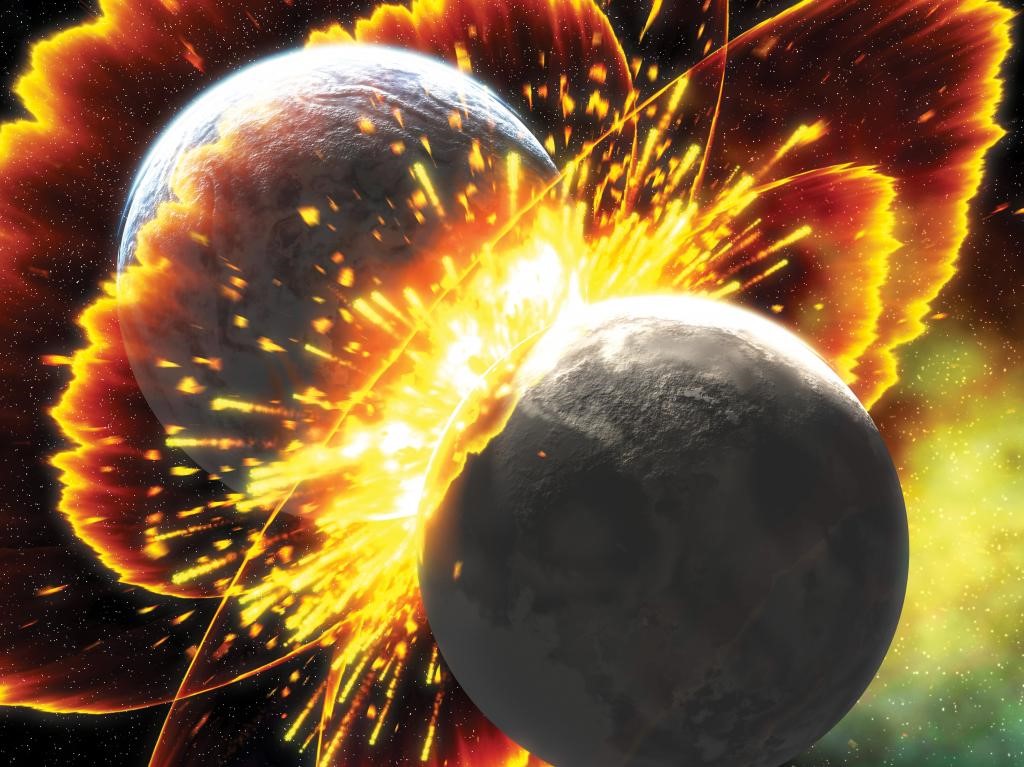ASASSN-21qj

Disclaimer: Copyright infringement not intended.
Context
- The afterglow of a massive collision between two giant planets may have been detected for the first time. The wreckage of the collision could eventually cool and form an entirely new planet.
Details
Observations and Interpretation
- In December 2021, astronomers noticed unusual flickering in the otherwise unremarkable sun-like star ASASSN-21qj, located approximately 1,800 light years from Earth.
- The subsequent rise in infrared light emission, noted two and a half years before the star's dimming, suggested the occurrence of a cataclysmic collision between two Neptune-like planets rich in ice.
Confirmation and Explanation
- The post-impact body resulting from the collision was estimated to be several times the size of Earth, indicating the substantial size of the colliding planets, possibly on par with Uranus and Neptune.
- The relatively lower temperature of around 700°C implied that the planets were not solely composed of rock and metal but also contained elements with low boiling temperatures, such as water.
Debris and Impact Effects
- The collision is believed to have ejected significant debris and generated plumes of vaporized material. This collision lead to the intermittent dimming of the star's light when the trash crossed the path between ASASSN-21qj and Earth.
- The event’s distance from the star, further than Earth's from the Sun, suggested a planetary system more akin to our own, with ice giants positioned farther from the central star.
Implications for Research
- Future observations, particularly with advanced telescopes like NASA's JWST, will enable the determination of the composition of the debris cloud, analysis of the upper layers of the post-impact body, tracking of the cooling process, and potentially, the observation of the emergence of new moons.
- This ongoing observation will provide invaluable insights into how giant impacts shape planetary systems and allow the study of the birth of a new planet in real-time.
|
PRACTICE QUESTION Q. Discuss the various theories of planetary formation and their implications in understanding the evolution of planetary systems. Illustrate with examples from our solar system and other astronomical observations. (150 Words) |




1.png)
